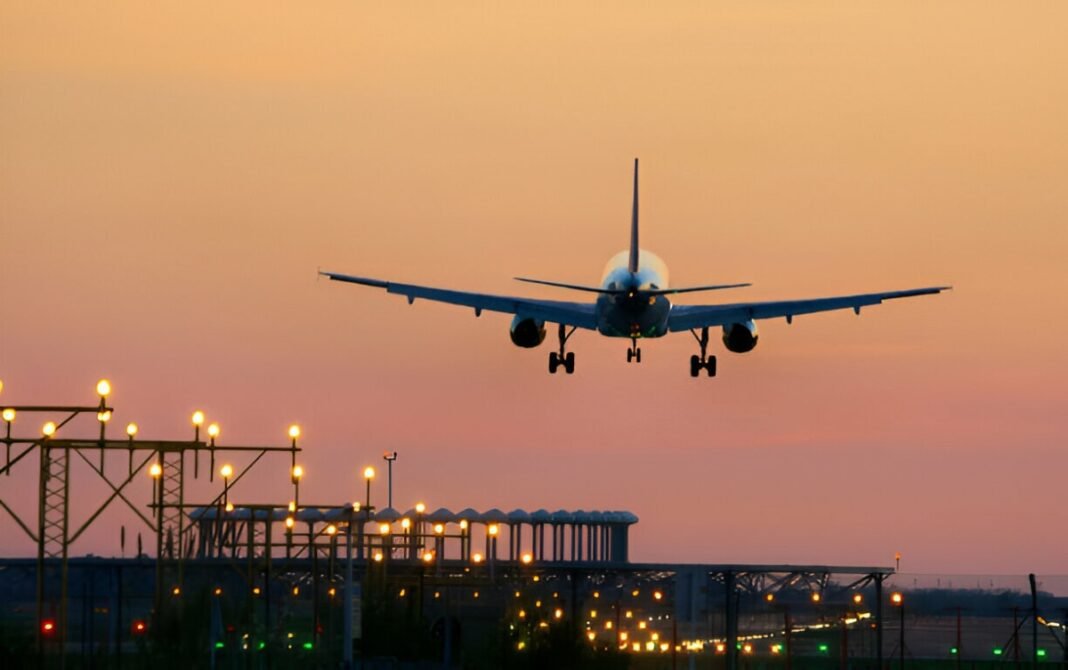In response to the burgeoning demands of Bengaluru, the Karnataka Infrastructure Development Minister, MB Patil, has taken a significant step towards establishing a second commercial airport. This initiative stems from a series of discussions with senior department officials, underscoring the necessity to accommodate the city’s rapid expansion.
Kempegowda International Airport (KIA) currently serves as the primary aviation hub for Bengaluru, handling over 4 lakh tonnes of cargo and 3.7 crore passengers annually. As the third busiest airport in India, KIA is approaching its capacity limits. The urgency for a second airport is not merely a logistical consideration but a strategic move to sustain the city’s growth trajectory. A pivotal aspect driving this decision is the impending end of a 25-year exclusivity agreement between Bangalore International Airport Ltd (BIAL) and the government, which restricted the establishment of new airports within a 150 km radius. This agreement, expiring in 2033, necessitates immediate planning and preparations to ensure Bengaluru remains well-connected and its infrastructure robust.
The state government is actively exploring potential sites for the new airport, with the Tumakuru-Chitradurga region being a prominent candidate. This location has been identified as part of the initial phase of site selection, inspired by successful multi-airport systems in cities like Mumbai and Goa. The identification process involves ensuring that the chosen site has ample acreage to support an operational airport with room for future expansion.
Another critical consideration is the allocation of air traffic between the existing KIA and the proposed new airport. This distribution is essential to manage operational efficiency and passenger convenience. Minister Patil has emphasized the importance of evaluating the viability of airports near Bengaluru’s proposed second airport site, ensuring that they can effectively handle the expected air traffic.





